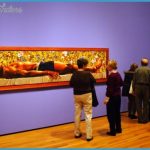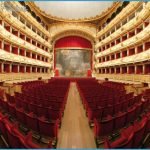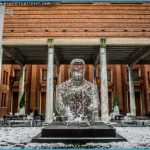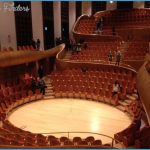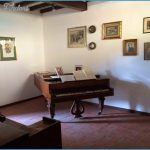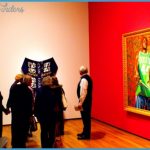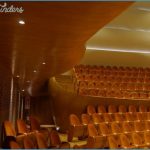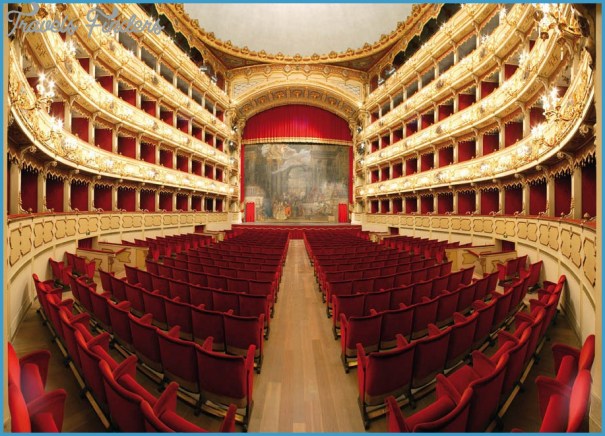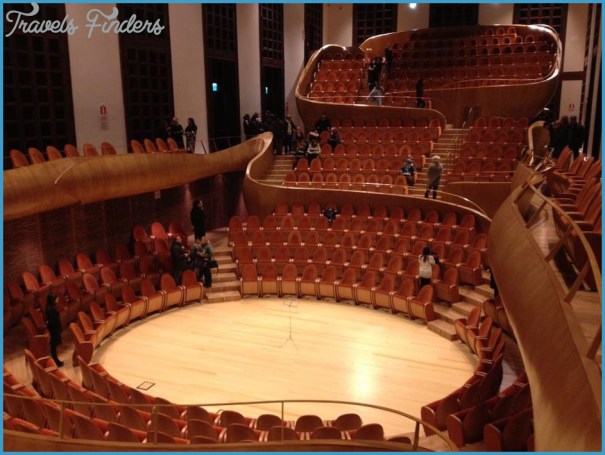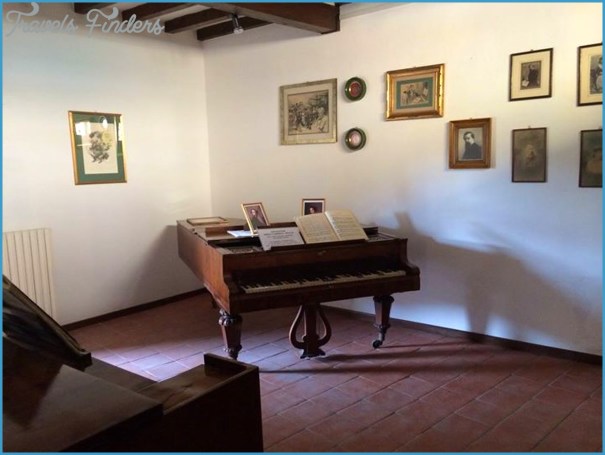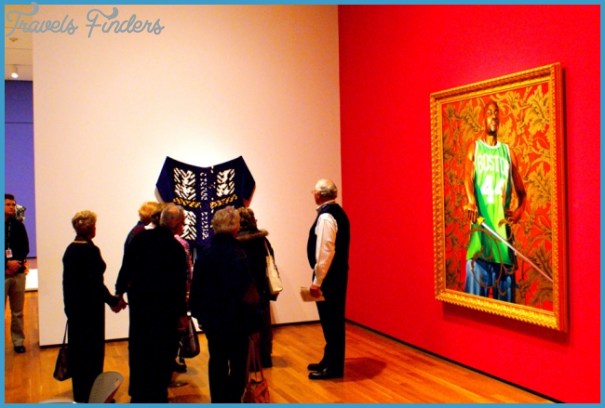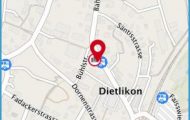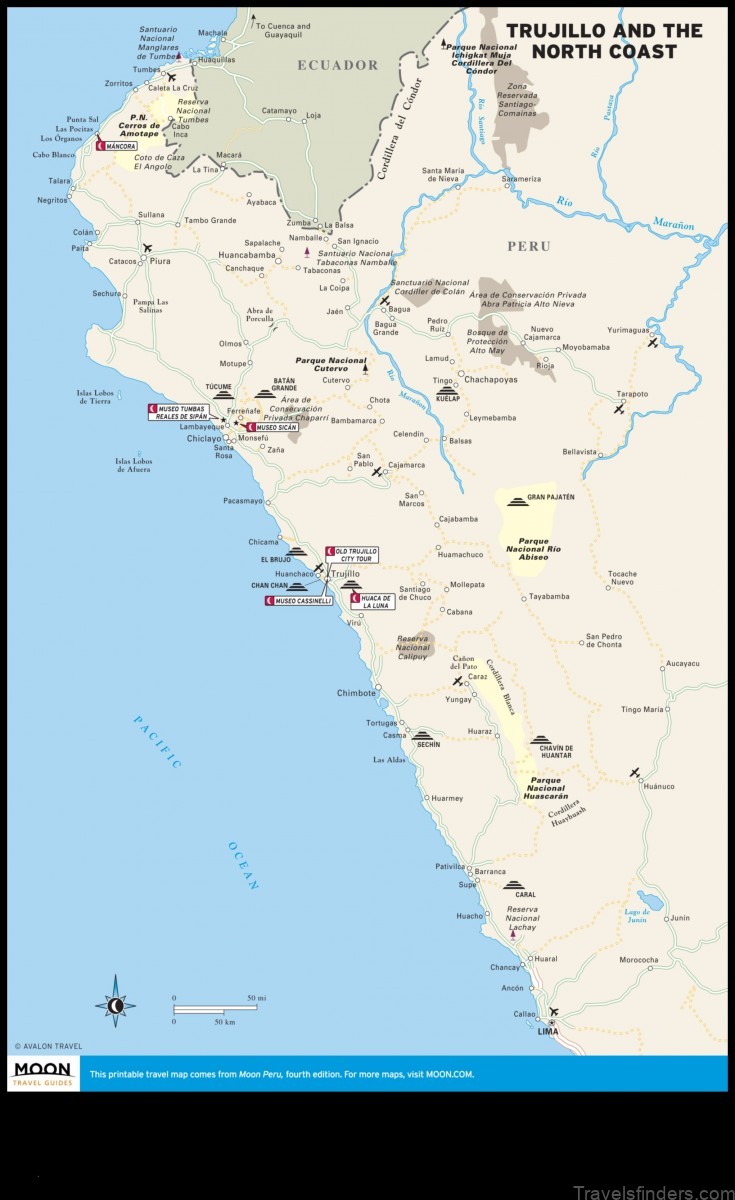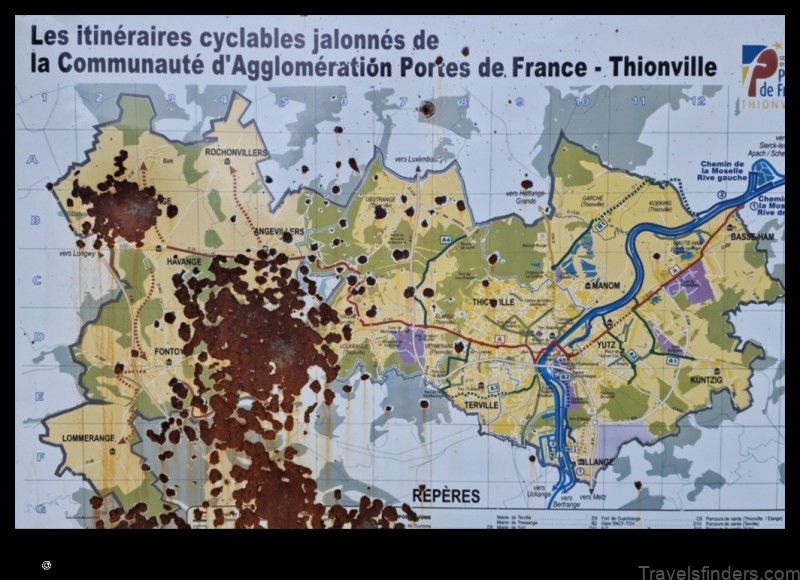PONCHIELLI MUSEUM
The composer who was long regarded as Verdi’s probable successor, Amilcare Ponchielli, came from the village of Paderno Fasolaro, some 17 km northwest of Cremona, where he was born on 31 August 1834. His father was not only the village organist and teacher but also -like Verdi’s – the innkeeper, whose house was the village shop. In the event, only one of his operas, La Gioconda (1875), was to find a firm place in the repertory, although I lituani (1874) also won much respect. Ponchielli spent much of his career as a bandmaster, briefly in Piacenza and then in Cremona, but moved to Milan in 1870, ending up as a leading opera conductor and professor of composition at the conservatory (Puccini was among his pupils), and finally as Ponchielli’s birthplace in Paderno (before restoration) organist in Bergamo.
He died in Milan in 1886. He is remembered with affection not only in his native village, which in 1952 changed its name to Paderno Ponchielli in his honour, but also in Cremona, where there is a statue to him in the public gardens and a Teatro Comunale Amilcare Ponchielli, as well as a street bearing his name; the bulk of his manuscripts are preserved there, in the Museo Civico and the Biblioteca Statale, where several that were previously unknown have lately come to light. He is also commemorated in the Bergamo church, S Maria Maggiore, where he was organist. But it is Paderno Ponchielli that keeps his chief shrine. Just down the Via Amilcare Ponchielli from the mayoral offices, which bear a plaque and a bust to him, stands the modest house in which the composer was born. The local Comune renovated it in 1934 but acquired it only in the 1960s.
Another, much-needed renovation began in 2002, when as the first step the exterior was stripped of its modern accretions. Eventually this 17th-century building will be restored to its condition in Ponchielli’s day. It has two ground-floor rooms, of which the rear one, then a bar, has been used to house the municipal library (to be moved out during the planned restoration), and two upper rooms, one of them originally used for the hostelry’s passing guests. In the reception area there are recent opera posters. One showcase houses some autograph juvenilia, among them a piece Ponchielli wrote when he was a boy of nine and which he took in his pocket when he visited his benefactor, Count Jacini. The museum owns a handful of autographs and expects to acquire more. Along with these is an early report from Milan Conservatory, where he went to study. Another holds various commemorative objects – medallions, cards, stamps, photographs. There is a table piano, the first instrument Ponchielli bought, second-hand, after leaving the conservatory; his grandson gave it to the house when the village adopted Ponchielli’s name. There are some piano rolls, made in Cremona.
The upstairs rooms, which included the familyaccommodation, also hold exhibits: many original editions, of operas and songs in particular, along with lithographic portraits, literature and recordings, programmes, opera librettos (among them early versions of Ipromessi sposi) and production photographs. There is a large bust, a copy of one in the Cremona museum. The front room is more personal: a lock of Ponchielli’s hair and his funeral flowers (presented by one of his pupils), his desk and cabinet (presented by his sons), his chairs, his passport, dress clothes from his time as band director in Piacenza, various letters, his diary with musical sketches, with photographs, posters, awards and other memorabilia on the wall and the desk. The museum’s marked personal character – not really surprising, for part of the collection belongs to the curator himself, an avid collector of Ponchielliana – will surely survive the imminent restoration.
PONCHIELLI MUSEUM Photo Gallery
At the bottom of the village is the eponymous museum dedicated to his memory. The main wall of the entrance hall is dominated by a tricolour representation of his patriotic hymn Cintecul Tricolorului although, as the background music reminds us, his haunting Balada for violin is probably far better known. Also on display in the entrance hall are his boudoir grand piano and a cello. His life is chronicled in photographic collages in the adjoining room: his studies in Vienna (where he was a pupil of Bruckner) and travel to Italy (where he met Verdi in Genoa); his friendships with the poet Mihai Eminescu and the early Romanian Prime Minister Mihai Kogalnicanu; and his unrequited love affair with Berta Gorgon, the beautiful daughter of the priest at nearby Illisesti, for whom he composed nocturnes for piano and songs (among them Ich liebe dich’ and Resignation’). The cases contain copies of his published works, his baton and a embroidered silk cover for his violin. In a long gallery are posters advertising performances of his music. There follows a small room with furniture, costumes and stills from the romantic 1971 film Ciprian Porumbescu, a room displaying further posters, evidence of the centenary events of 1953 and 1983 and a choral competition named after the composer, and finally a small concert room decorated with a plaster bust and photographs. In the garden there is an evocative statue of him clutching his violin.

